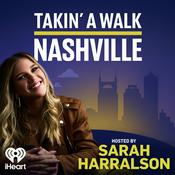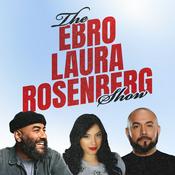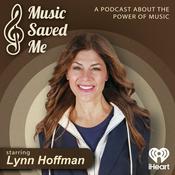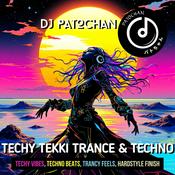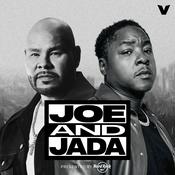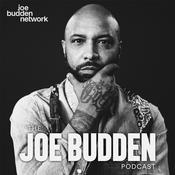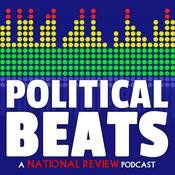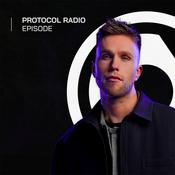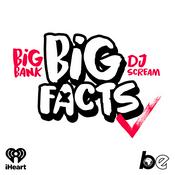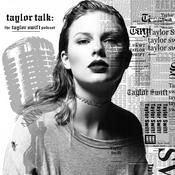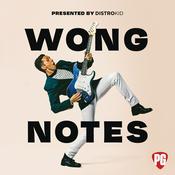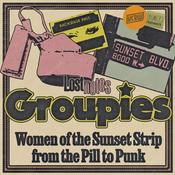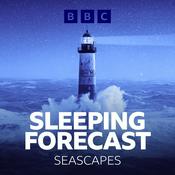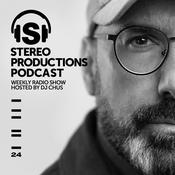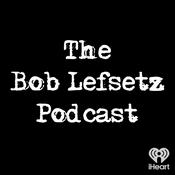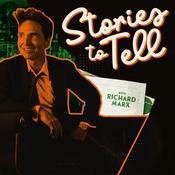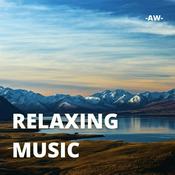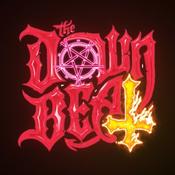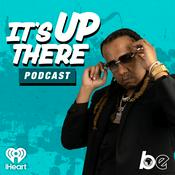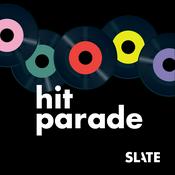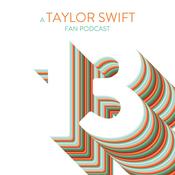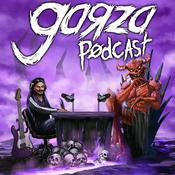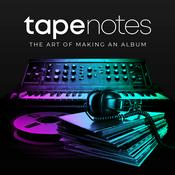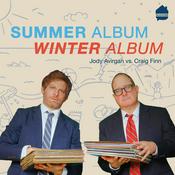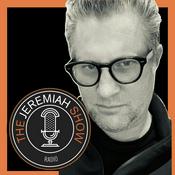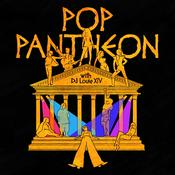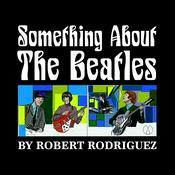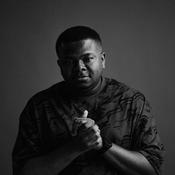135 episodes
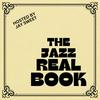
Easy To Love and Gene Ammons
12/21/2025 | 24 mins.
“Easy To Love and Gene Ammons” (103)Standards Rating 7, Difficulty Rating 5 “Easy to Love” is a model of Cole Porter’s understated brilliance: a 32-bar form with a spacious, lyrical melody and harmonies that move fluidly through ii–V progressions and subtle chromatic color. Its clarity and emotional openness have made it a durable jazz standard, adaptable to ballad, swing, or groove-based treatments without losing its essential elegance. On Jug (1961), Gene Ammons reshapes the tune through a relaxed boogaloo feel, grounding Porter’s refinement in blues and rhythm. Ammons’ massive tenor sound, shaped by his Chicago roots and early work with Billy Eckstine’s band, favors melody, warmth, and direct communication. Despite career interruptions caused by incarceration, he remained one of Prestige Records’ most influential voices, bridging bebop sophistication and soul-jazz accessibility. His “Easy to Love” reflects that legacy perfectly—honoring the song’s structure while infusing it with groove, humanity, and unmistakable personal voice.Gene Ammons Ella Fitzgerald Spotify Playlist #2

John Goldsby Interview
12/18/2025 | 1h 17 mins.
John Goldsby (b. December 10, 1958) is an American jazz bassist, composer, author, and educator, best known for his long tenure with the Grammy-winning WDR Big Band in Cologne, Germany, which he joined in 1994. Raised in Louisville, Kentucky, the son of a Baptist minister, he played several instruments before committing to the double bass at age 18. Early professional work with visiting jazz greats led him to New York City in 1980, where he spent 14 years performing and recording with artists including Michael Brecker, Mel Lewis, Toshiko Akiyoshi, and the American Jazz Orchestra. Goldsby has released numerous recordings as a leader and sideman, spanning small-group jazz to large-scale big band projects. A highly respected educator, he teaches at the Maastricht Conservatory and has presented masterclasses worldwide. He is the author of The Jazz Bass Book and other influential texts, and is widely regarded as a leading authority on jazz bass tradition and technique. Big Band Bass, released November 7, 2025 on Bass Lion Publishing, marks his 30th anniversary with the WDR Big Band, featuring eight original compositions and arrangements by Bob Mintzer, Michael Abene, Dave Horler, and Vince Mendoza. Through his extensive writings and, of course, his bass playing, Goldsby personally helped introduce me to the lineage of great bass players and the enduring tradition of jazz bass performance.

Easy Living and Paul Desmond
12/14/2025 | 22 mins.
“Easy Living” & Paul Desmond (102) Standards Rating 7, Difficulty Rating 6“Easy Living” is a model of songwriting elegance: a 32-bar AABA form whose beauty lies in balance—lyricism paired with subtle harmonic motion. The A sections unfold in F with graceful chromatic touches and flowing ii–V movement, while the bridge’s unexpected shift to Db major adds color without disrupting the tune’s calm, unhurried mood. Its melody favors long, singing lines and spacious phrasing, making it ideal for players who value tone and nuance over display.Paul Desmond was uniquely suited to this song. His alto saxophone sound—light, pure, and almost weightless—mirrors the tune’s sense of emotional ease. On his mid-1960s recording with Jim Hall, Desmond states the melody with restraint and warmth, letting the harmony breathe. His improvisation remains close to the song’s contours, emphasizing melodic continuity rather than technical flash. In Desmond’s hands, “Easy Living” becomes exactly what its title suggests: relaxed, lyrical, and quietly profound.Paul Desmond Billie Holiday Spotify Playlist #2

Mauricio Morales and Adam Hersch Interview
12/10/2025 | 1h
Mauricio Morales & Adam Hersh Between Dreams & Twilight, released November 14, 2025, is a modern-jazz collaboration between bassist-composer Mauricio Morales and pianist-composer Adam Hersh. The album features nine pieces—blending intricate composition with cinematic atmosphere. Their writing moves between dreamy lyricism, modernism, craftsmanship, rhythmic inventiveness and layered textures. The project is supported by a standout ensemble that brings depth and color to every track. Guitarist Mike Moreno, vibraphonist Warren Wolf, drummer Gary Novak, and the Rogue Lemon String Quartet all play essential roles. The youthful Hersh and Morales will undoubtedly continue to impress and further their popularity as their careers continue to develop both as a collaborative unit and as impactful individual voices.

Easter Parade and Roy Eldridge
12/07/2025 | 18 mins.
“Easter Parade”- Roy Eldridge (102)Standards Rating 5 Difficulty Rating 5 Irving Berlin’s “Easter Parade,” first drafted in 1917 and introduced in As Thousands Cheer (1933), remains one of the most graceful standards of the American songbook. Its balanced 32-bar AABA design, gentle chromatic inflections, and elegant melodic lift evoke the optimism of springtime in New York, making it a natural vehicle for improvisers who appreciate Berlin’s clean, song-focused craft.Roy Eldridge’s 1944 Decca recording with his sextet is one of the tune’s most distinguished small-group treatments. Eldridge approaches the melody with poised lyricism, allowing his trumpet to float over Eddie Heywood’s polished rhythm section. But beyond the beauty of this performance lies the depth of Eldridge’s influence: he was the crucial bridge between Louis Armstrong’s foundational swing style and the harmonic daring of modern jazz. His command of upper-register trumpet playing, his rhythmic fire, and especially his use of substitute harmonies laid essential groundwork for Dizzy Gillespie and the bebop generation. On “Easter Parade,” Eldridge tempers his trademark intensity, revealing a master melodist whose innovations shaped the direction of jazz trumpet for decades to comeRoy Eldridge Sextet Sarah Vaughan and Billy EckstineSpotify Playlist #2
More Music podcasts
Trending Music podcasts
About The Jazz Real Book
Listen to The Jazz Real Book, Takin’ A Walk Nashville and many other podcasts from around the world with the radio.net app

Get the free radio.net app
- Stations and podcasts to bookmark
- Stream via Wi-Fi or Bluetooth
- Supports Carplay & Android Auto
- Many other app features
Get the free radio.net app
- Stations and podcasts to bookmark
- Stream via Wi-Fi or Bluetooth
- Supports Carplay & Android Auto
- Many other app features


The Jazz Real Book
download the app,
start listening.
